Emily de Freitas is spending the summer in a forest above Beasley trying to understand silver-haired bats.
They’re a common bat species in B.C., and locally many of them overwinter in the former Queen Victoria Mine as well as in trees nearby. In the summer they roost in trees in the same area.
De Freitas wants to understand what kinds of trees they’re using in both the winter and in the summer. What do they look for in a roost? What kind of habitat do they prefer?
“We can use this information about bats to inform sustainable forestry practices,” she says, adding that timber companies can do a better job of avoiding and protecting bats if they know where they are.
This research is part of de Freitas’ work toward a master’s degree in natural resources and environmental studies at the University of Northern British Columbia.
De Freitas is using radio telemetry to track which trees the bats use, then she’s collecting various data about them.
In addition to studying natural bat roosts, she is creating artificial ones.
“Because this area is heavily fragmented by logging practices, we’d like to know if we can enhance their habitat in some way,” she said.
BrandenBark roosts – sleeves of synthetic bark designed to simulate the conditions, including the microclimate, that bats prefer in natural structures – are installed high in a tree after peeling away the natural bark.
The installation of the BrandenBark is carried out by Todd Manning, a biologist and forester who is a consulting habitat enhancement specialist.
He says the synthetic bark is attached loosely to the tree in such a way as to seal out rainfall, but with a gap of several inches at the bottom so the bats can access the slab of bark and move around within it.
“Once they discover this,” he said, “they will roost in there and shift around depending on the sun, so they may stay on the south side if it is cool, and if too hot they can shift to the north side.”
In those artificial roosts, and in the natural ones she is finding, de Freitas has installed temperature loggers and other sensors to compare the natural with the simulated environments.
She and Manning are also modifying some trees in less artificial ways, by using a chainsaw to simulate lightning strikes and frost cracks and other natural injuries to the tree that might create new bat habitat.
All these experiments will be monitored over the next two years or more, not just for data on bats, but perhaps other animals will decide to take advantage of the simulated structures as well. De Freitas will monitor this by installing acoustic devices that pick up bat echolocation underneath the bark, and she’ll install mesh guano traps to collect droppings for identification.
This work is funded by the Wildlife Conservation Society and by the Okanagan Nation Alliance (Syilx Nation).
Dave DeRosa, a biologist who works for the Syilx from their office in Castlegar, told the Nelson Star that the West Kootenay is the eastern territory of the nation.
“We are having, provincially, some challenges with the forest industry,” he said, “and we wanted to get involved to highlight some of the concerns about some of the species that maybe we just aren’t that aware of.”
He said the Syilx have funding through BC Hydro’s Fish and Wildlife Compensation Program for projects of this type, and this is their first one.
Manning works across B.C. with decaying trees and the myriad of species that use then, not just bats but also woodpeckers, owls, tree swallows, small ducks, squirrels, some fur-bearers like martin. He’s one of the few such specialists in the country.
He’s pioneered a method of creating habitats – not in this project but on others across the continent – by speeding up decay in old trees with a natural heart rot fungus that will decay the tree from the middle, cutting the rotting process from about 100 years to 10.
“It’s been known for years that there’s an increasing need to make sure that we retain suitable habitat structures for the wide range of wildlife that uses dead and dying trees,” Manning says.
“We have nearly 80 species of animals in B.C. that all depend on those trees. So sometimes it’s a challenge to ensure that there’s enough retention of those habitat features in forestry operations, whether it’s at a block scale or on a larger scale.”
As for bats, they are in trouble worldwide, de Freitas says, because of loss of habitat from forestry and agriculture, but also from wind turbines and from white nose syndrome, a disease affecting bats in many parts of North America that has so far not been seen in B.C.
“There is still so much we don’t know about bats,” says de Freitas, “and this makes protecting them that much more difficult.”
Bat expert Cori Lausen, one of de Freitas’ thesis advisors, says there are 17 species of bats in B.C. and they make up about 18 per cent of the population of all small mammals in the province.
“And we don’t know a ton about them, especially some species,” she says. “But what we do know is that a large percentage of them depend on trees for at least the summer, and now we’re finding out that for some species it’s in the winter as well.”
No one is measuring the effects of the forest industry on bats, she says.

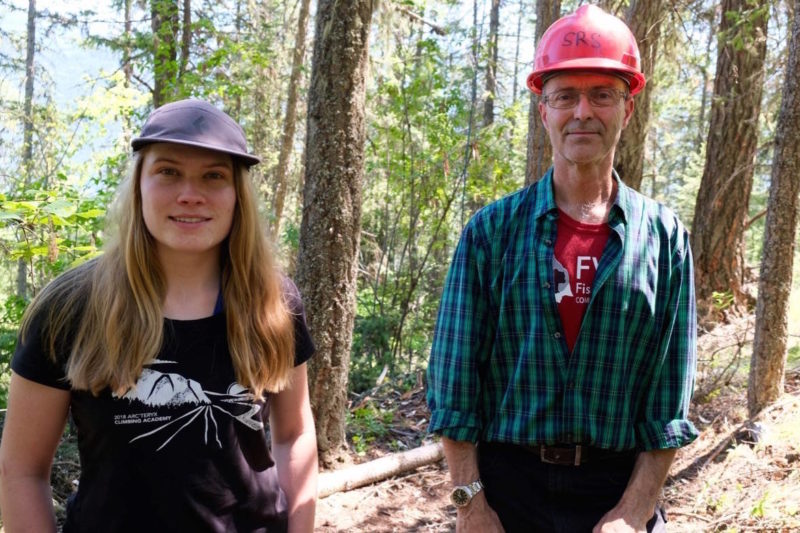
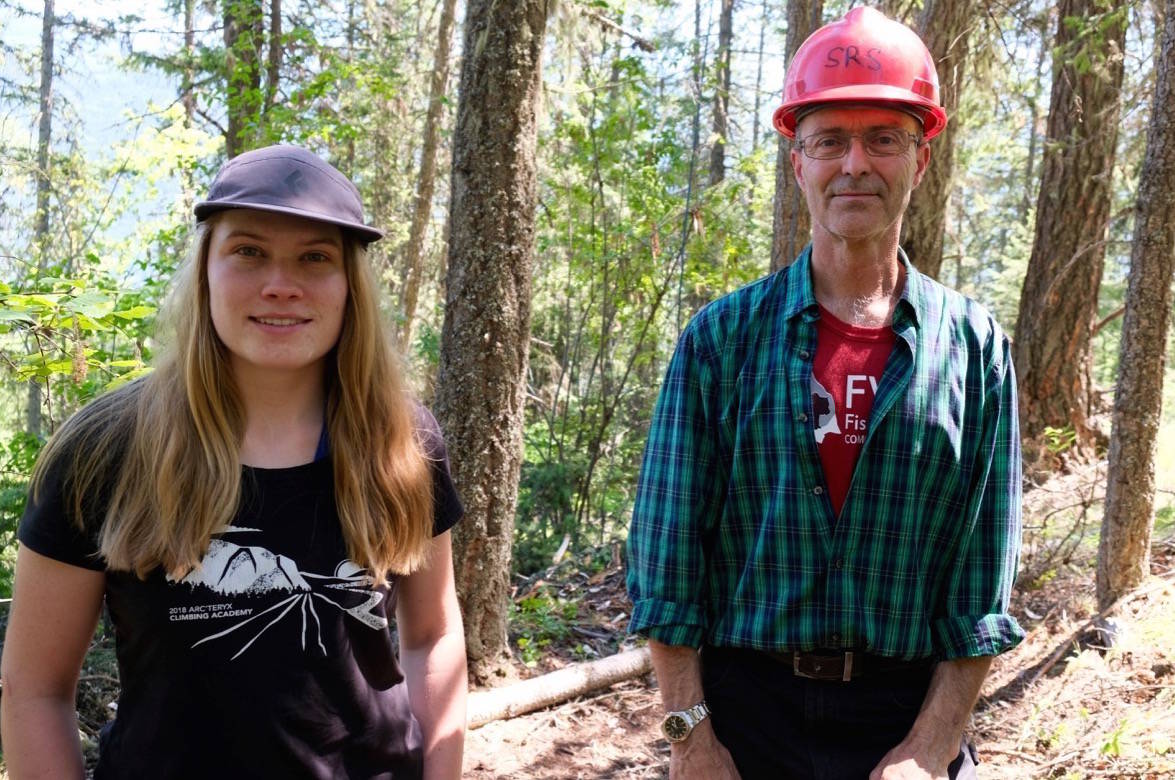
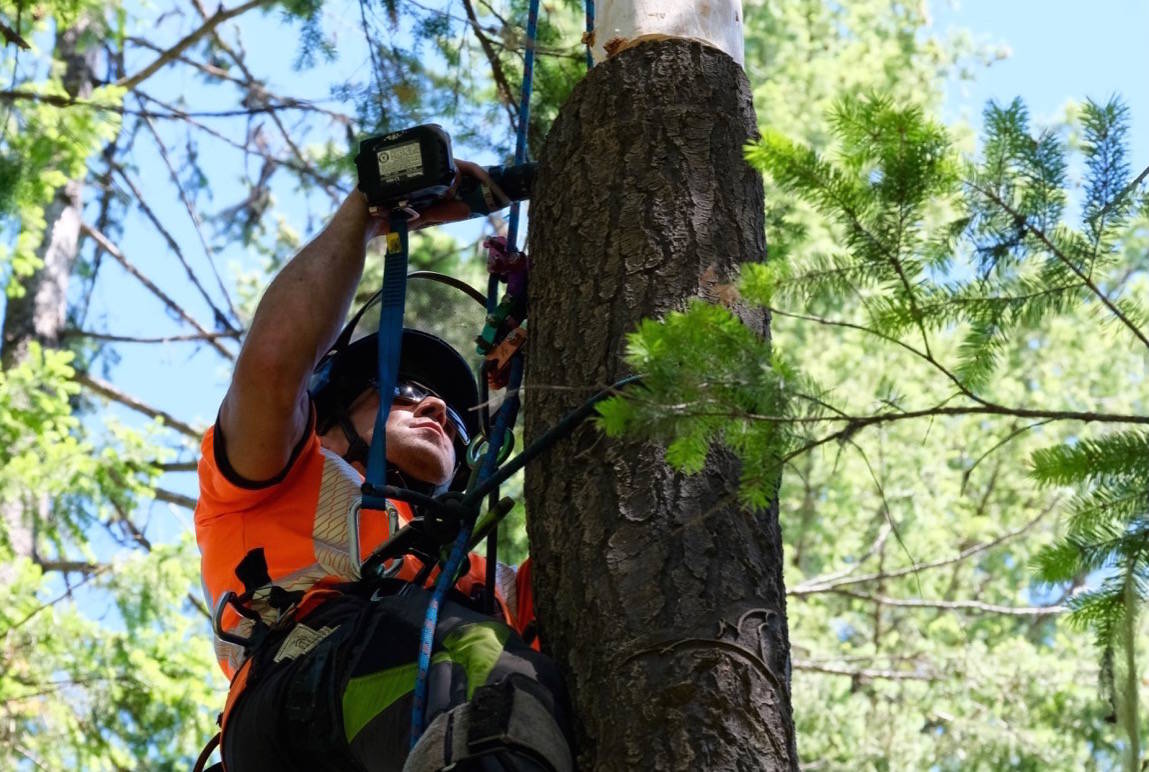
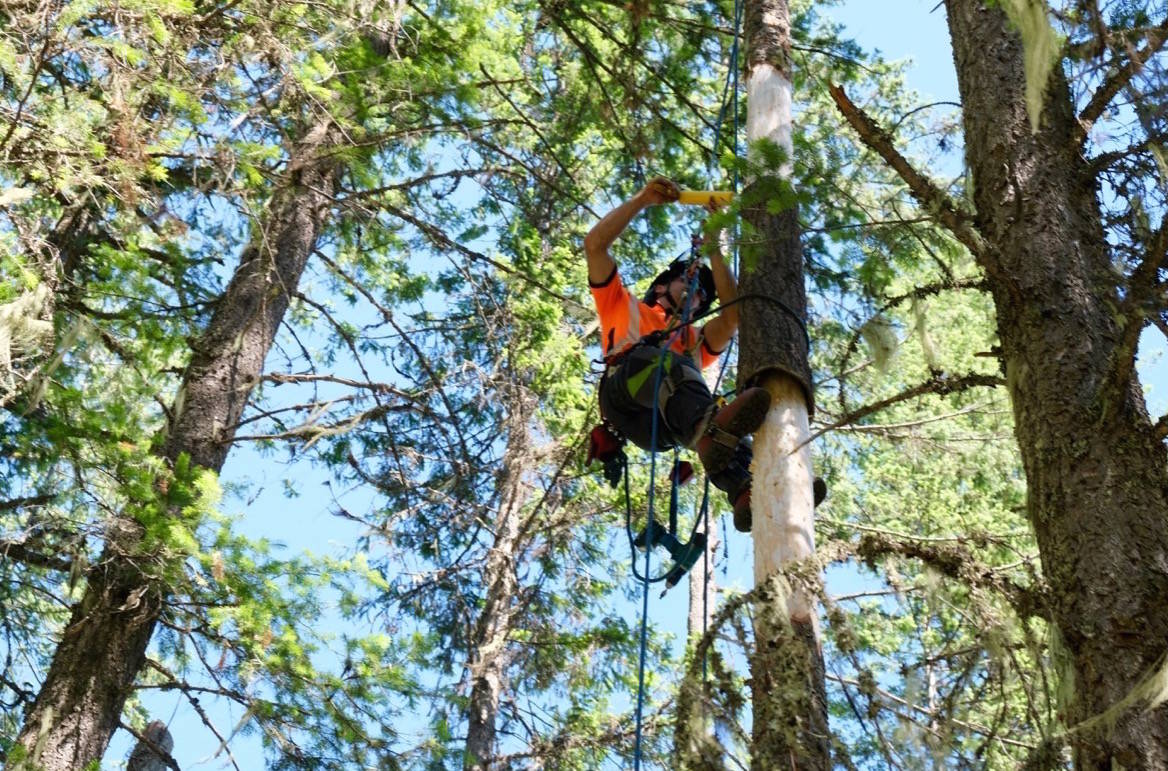

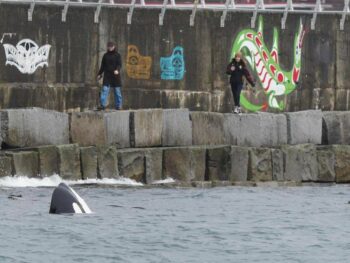

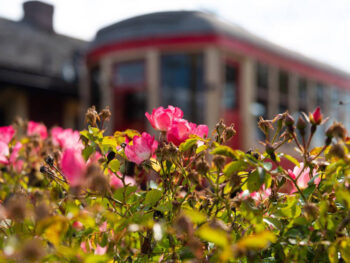





 Grand Forks: Camping for every option
Grand Forks: Camping for every option